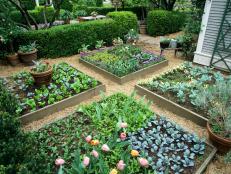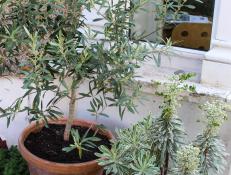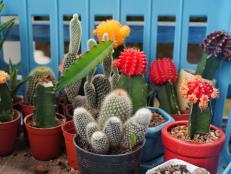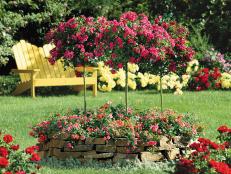1 / 16
Photo: Shain Rievley
Say Hello to Raised Beds
Raised bed gardening is more popular than ever, and for good reason. Not only do raised beds provide great drainage and well-aerated soil, but they also offer protection from weeds and pests, allowing you to create a low-maintenance garden almost anywhere. The visual appeal of these beautiful, bountiful beds is just a bonus.












